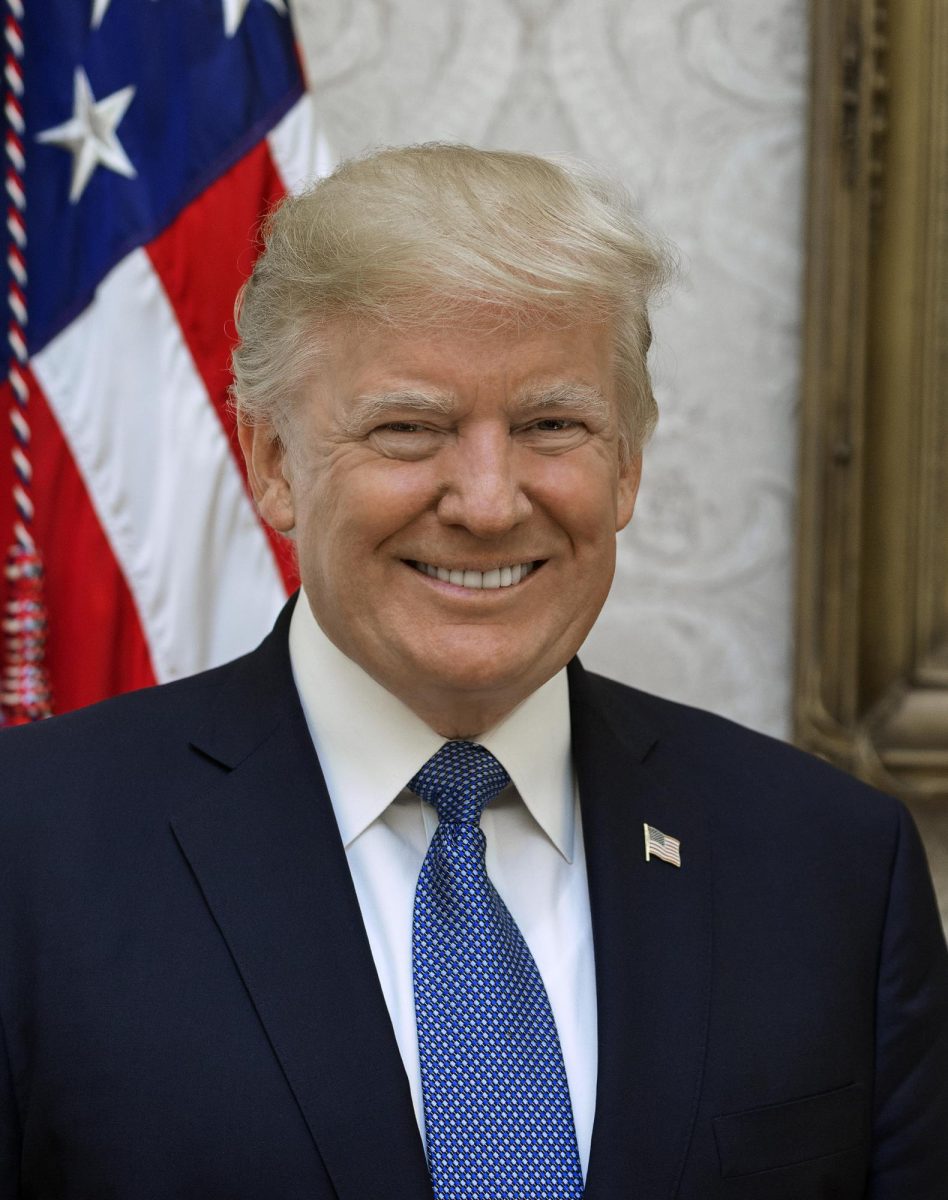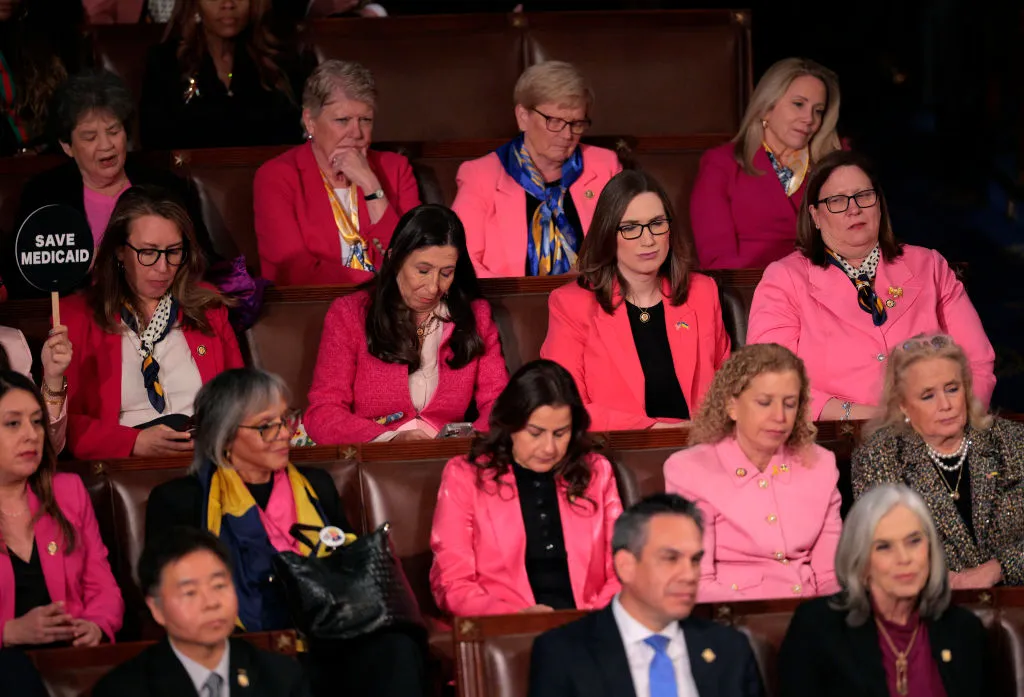Escaping the Social Norm: An Opinion On Graffiti
December 2, 2016
For decades, you have been able to walk through the streets of any major city like Los Angeles or New York and be instantly rewarded with colorful canvases, both profound and encouraging alike. In just the same amount of time, these artists, or in some eyes criminals, have been arrested and fined for their practice of the First Amendment. Some cities allow these displays of freedom on their streets and in their alleyways just as long as it doesn’t overthrow the classiness of their city presentation; others paint over the portfolios immediately and search for the ones who did the oh-so-serious crime of the century. So the question is to be asked: is graffiti art or vandalism?
According to PBS, graffiti can be defined as “a defiant and public exhibition.” A guy from Philadelphia, who goes by the name Cornbread, first started street tagging in 1967 starting an artistic revolution in order to impress a girl. Little did he know that his desperation would soon turn into something much, much more. In the 1970’s, an artist who is known as Phase 2 developed the style called softies, or otherwise “bubble-writing”, heavily influenced today’s pop culture but is mostly associated with the 198o’s trends. Now, ever since the 1980’s. street art has been displayed in museums across the country. This form of free expression has flooded the eyes of today’s youth and given them a route to show others that they can be more than the social norm.
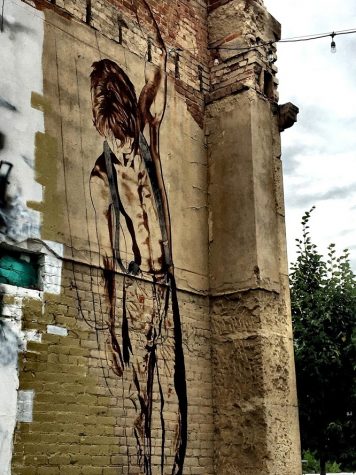
In my eyes, graffiti can be split up into two categories: street art and vandalism. There should be no reason to ban street art while trying to ban vandalism when they are completely different. Vandalism is the “art” you see in public bathrooms, under park slides, and in tunnels. Any profound sketches or phrases that would be frowned upon if heard aloud should stay off the streets. A signature or a simple “KP” in plain spray paint technically isn’t vandalism; those people are putting their mark on the city, they just do it in a more literal sense. If the words or pictures are found as inappropriate or explicit then by all means paint over it over and over again but leave the real art alone.
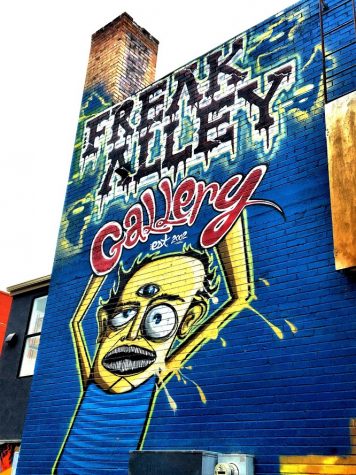
While I was visiting Boise, Idaho this summer, I passed by an alley called Freak Alley that was in the center of downtown between a coffee shop and a restaurant and stretched across streets for three blocks. Every inch of the brick wall was covered in spray paint. if there was a single brick untouched, it was part of the color scheme. There were pieces of mirror glued onto the walls, every color of the rainbow, and just beautiful pieces of artwork displayed for the whole world to see. As I admired the scenery, I listened to a couple locals who were telling me about the art. Apparently the city allows artists one weekend every year to come display their work that they work on all year. Leaving downtown, I passed by an empty parking garage for a upper-class business; it was filled ceiling to floor with art. Some companies pay for parking garages where they let artists come in and display their work. This keeps the vandalism out of the city (not to say there wasn’t any).
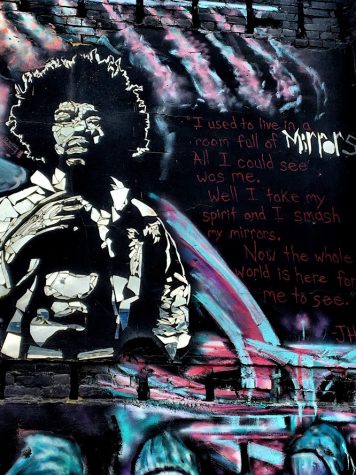
This was definitely different than Los Angeles where the art is sporadically placed around the city. Sometimes if you look at the right place, there will be a beautiful landscape piece or breathtaking portrait; other times you see the same things you find in a gas station bathroom displayed on giant billboards rather than a bathroom stall. Graffiti in context can be a life-changing and a huge impact on society. Artists tend to use this form of art to express concerns to the world about the society we all live in, to show the faults in our history books, and to open the eyes of those who have been blinded by the lies of media.
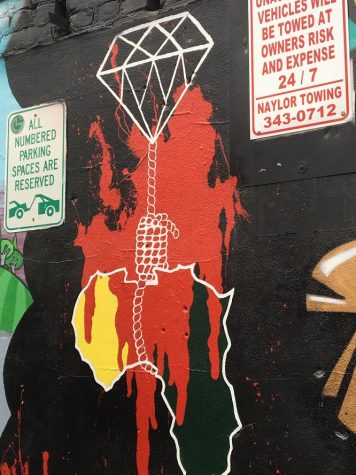
Consider the answer to the question above to be: both. Graffiti is both urban art and vandalism at the same time mattering if it follows legal regulations and submits to the public interest. It is fine to express your opinion publicly but keep it logical and well thought out.







